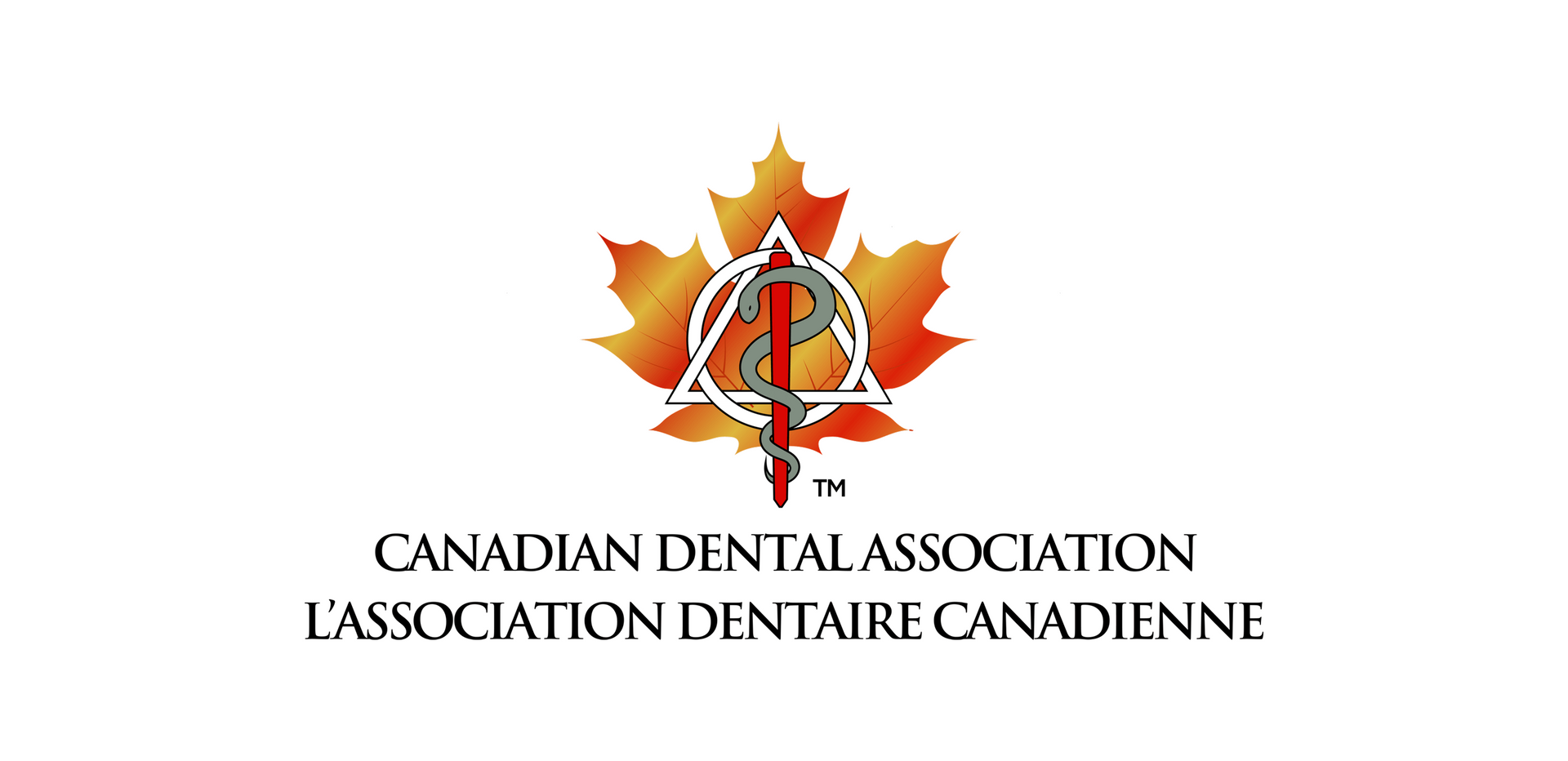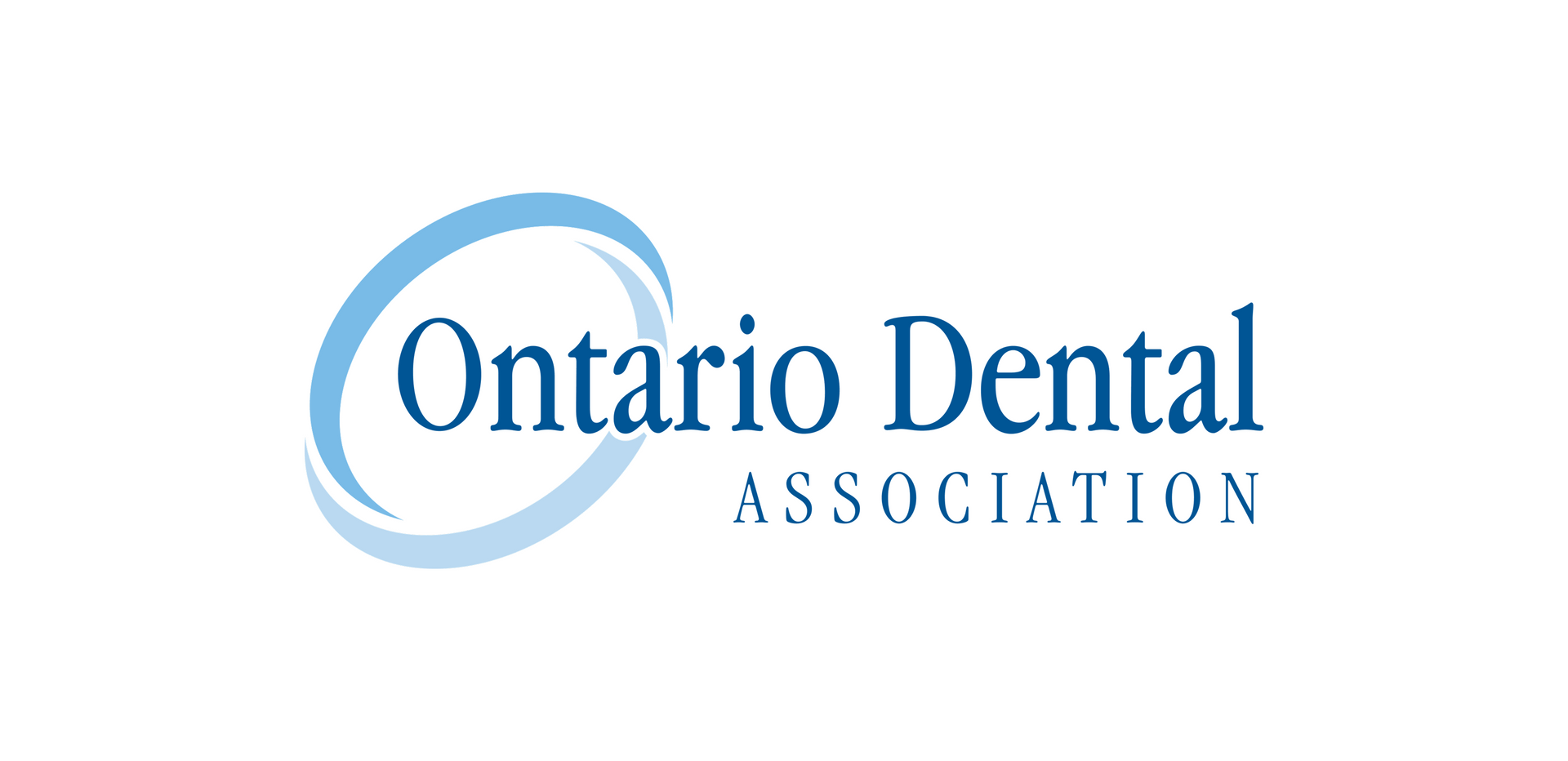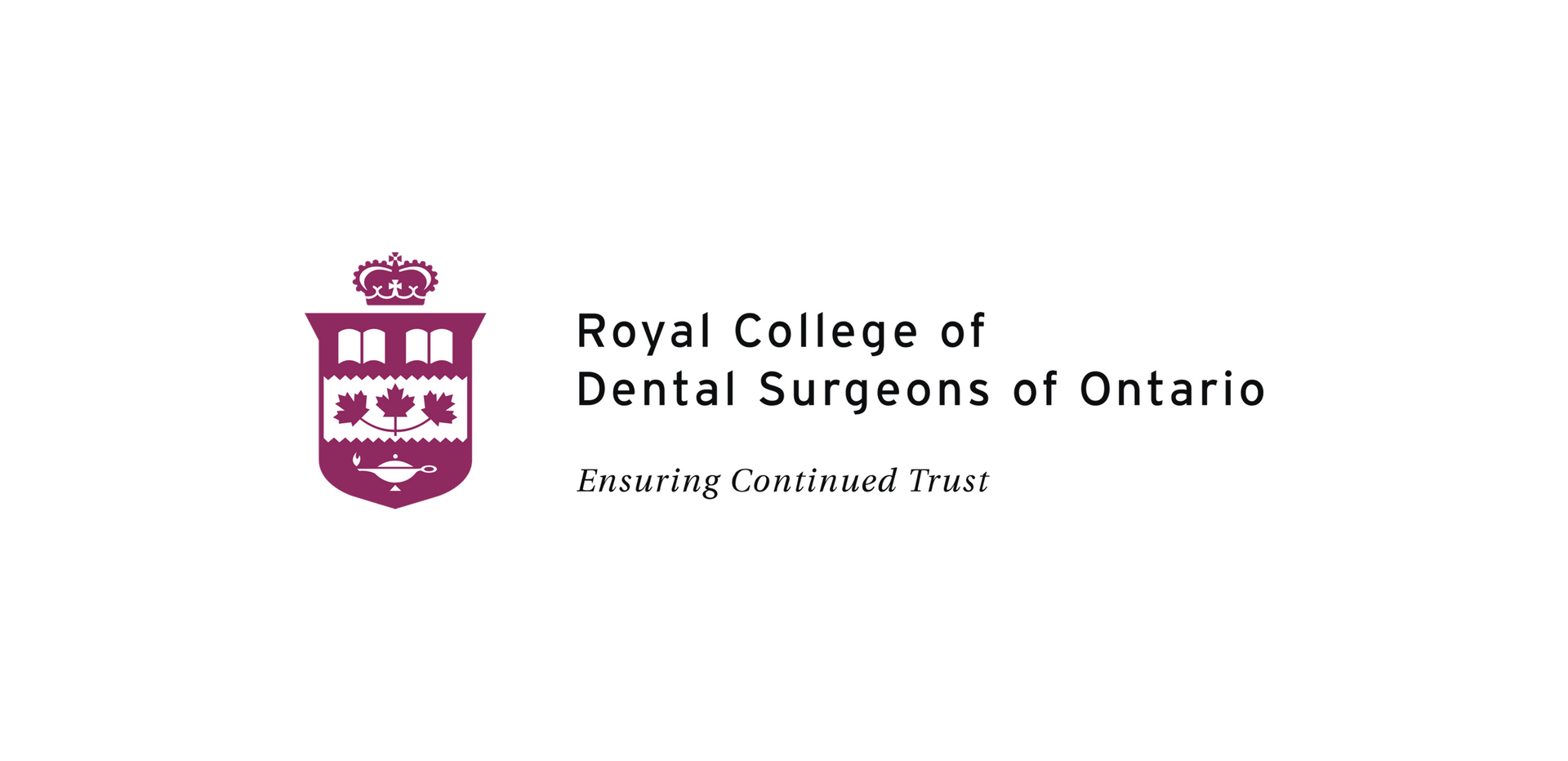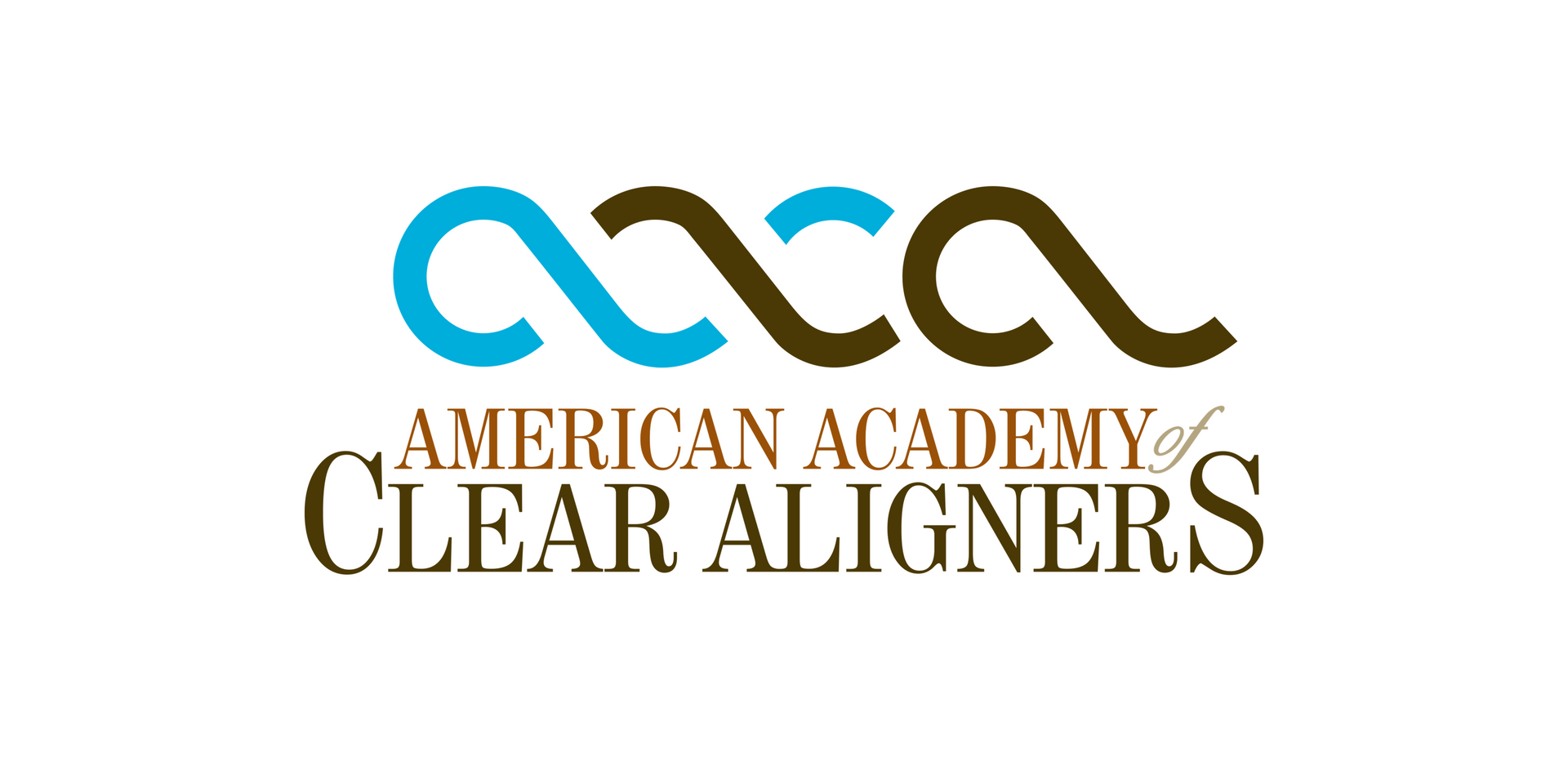Dental Technology
Advanced Technology for Exceptional Care
Modern Solutions for Accurate and Efficient Care
We embrace modern dental technology to make every visit more comfortable, efficient, and precise. These advancements allow us to provide faster treatments, more accurate diagnostics, and a better overall experience for our patients.
What once felt time‑consuming or uncomfortable has been simplified with new tools and techniques, helping you feel at ease during your appointments.
Here are some of the advanced technologies we use at Rosetta Dental:
iTero Intraoral Scanner
First introduced as a breakthrough in digital dentistry, the iTero Digital Scanner has transformed how dental impressions are taken and shared. Instead of messy traditional molds, this handheld device creates precise 3D images of a patient’s teeth and gums in minutes. Patients can watch the scanning process live on the screen, gaining a clear understanding of their treatment plan from the very start.
Visual Engagement | The iTero scanner allows patients to see a detailed 3D model of their mouth in real time. This interactive view helps patients understand alignment issues, restorative needs, or cosmetic options with clarity and confidence.
Accurate Documentation | The digital scans are stored instantly in the patient’s record, making it simple to monitor progress, plan treatments like Invisalign, or share files seamlessly with labs and specialists.
Enhanced Precision | With its high‑resolution imaging and advanced software, the iTero scanner captures exact details of the teeth and bite, ensuring better‑fitting restorations, aligners, and appliances while reducing the need for adjustments later on.
MouthWatch Intraoral Camera
First introduced as a diagnostic innovation in the early 1990s, intraoral cameras revolutionized how dentists and patients interact. MouthWatch has refined this technology into a compact, high‑definition camera that fits comfortably inside the mouth and captures crisp, magnified images of teeth and gums. Instead of relying solely on X‑rays or verbal explanations, patients can now see exactly what the dentist sees in real time on a chairside monitor.
Visual Engagement | Patients are actively involved in their care by seeing clear, live images of their teeth. This helps them understand problem areas—like tiny cracks or early decay—without guesswork.
Accurate Documentation | Images are saved directly to the patient’s digital record, making it easy to track changes, share files with specialists, or submit documentation to insurance.
Early Detection | With magnified, high‑resolution imaging, potential issues can be identified sooner, often before they appear on X‑rays.
Digital X-Ray
Introduced in 1987, nearly 90 years after traditional X-rays came to fruition, digital radiography combined the power of computer technology with electric sensors and tiny bursts of radiation. Rather than printing the results on film, images form almost as soon as the sensors are placed in our mouths, projecting on a computer screen. Digital X-ray technology does demand additional training for dentists, though the majority of practitioners are adamant that the advantages are worth the commitment. Today, many dental offices only offer patients digital X-rays because, in multiple ways, it is the superior option to traditional radiography.
Less Expensive | Digital X-rays will generally cost you less than the traditional alternative because the cost of film to develop images for the latter adds up. In contrast, digital X-ray imaging projects right onto our computer.
Better Storage | Since these digital X-ray images are transferred to a computer system, it allows for easier storage of your oral health records. Your data can be transferred from one dentist to another without any medical data being lost in the exchange.
Finer Images | Digital X-ray images produce a better resolution than their traditional counterpart. Old-fashioned X-rays can only project 25 shades of gray, while digital imaging reveals up to 256 shades. With enhanced contrast and zoom features, dentists can examine tiny areas more precisely and confidently.
Germ Guardian Air Filtration
Modern dental offices demand a focus on air quality as well as clinical care. Germ Guardian air filtration systems bring hospital‑grade purification into treatment areas, continuously filtering and sanitizing the air. This advanced system removes allergens, bacteria, and airborne particles, creating a cleaner and healthier environment for patients and staff.
Clean, Safe Environment | Patients can feel at ease knowing the air they breathe is filtered through multiple layers designed to reduce germs and allergens.
Continuous Protection | The system works throughout the day, helping to maintain optimal air quality during every appointment.
Peace of Mind | By investing in air filtration, Rosetta Dental prioritizes the well‑being of every patient and team member, ensuring a safer dental visit.
Phrozen 3D Printer
3D printing has transformed dental laboratories, and the Phrozen 3D Printer brings that innovation directly into the clinic. This high‑precision printer produces models, surgical guides, and custom appliances with exceptional speed and accuracy, streamlining the workflow for both dentist and patient.
Efficient Workflow | Digital designs can be printed in-house, reducing turnaround times for crowns, aligners, and other restorations.
Precision and Detail | The Phrozen printer captures intricate details, ensuring models and guides fit seamlessly into treatment plans.
Customized Solutions | By integrating 3D printing technology, Rosetta Dental can offer patients faster, more personalized results—whether it’s for restorative, orthodontic, or cosmetic needs.





